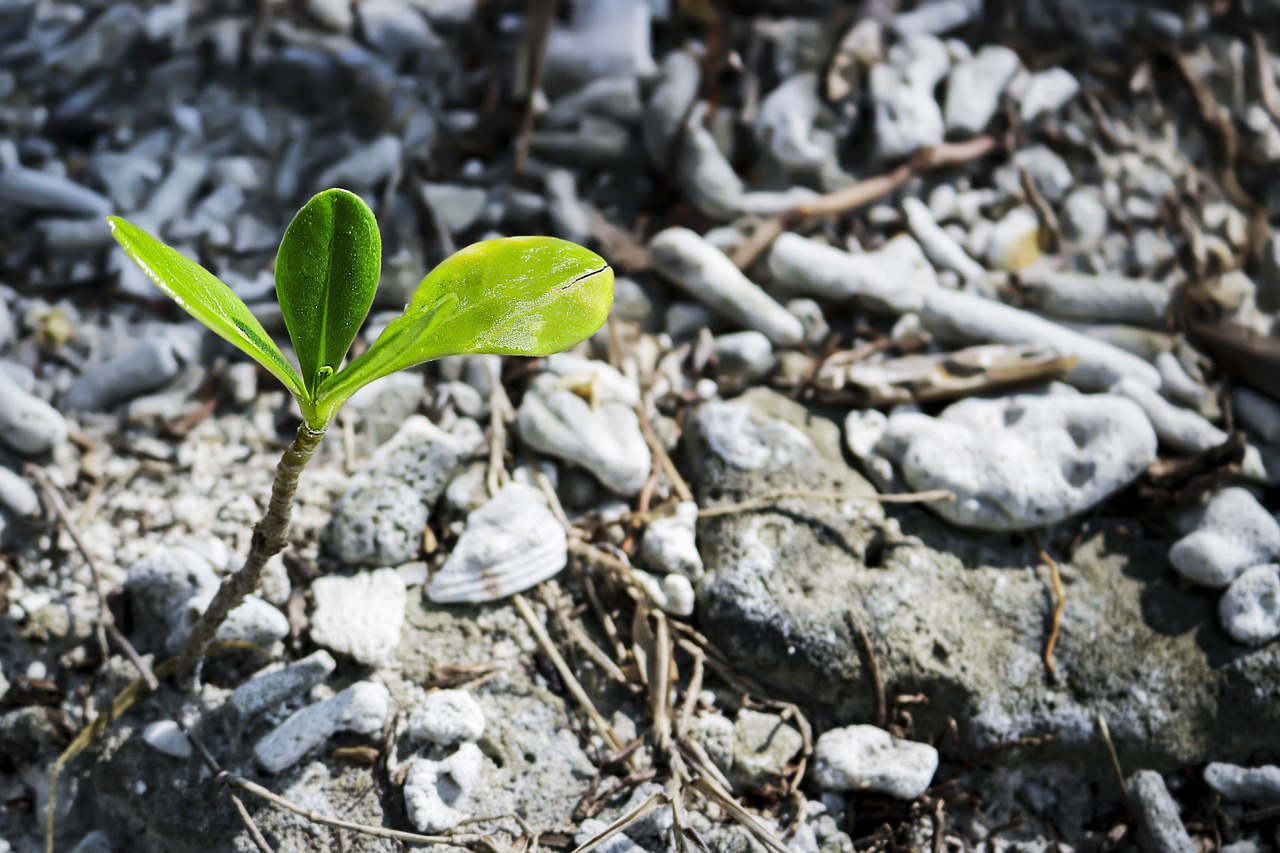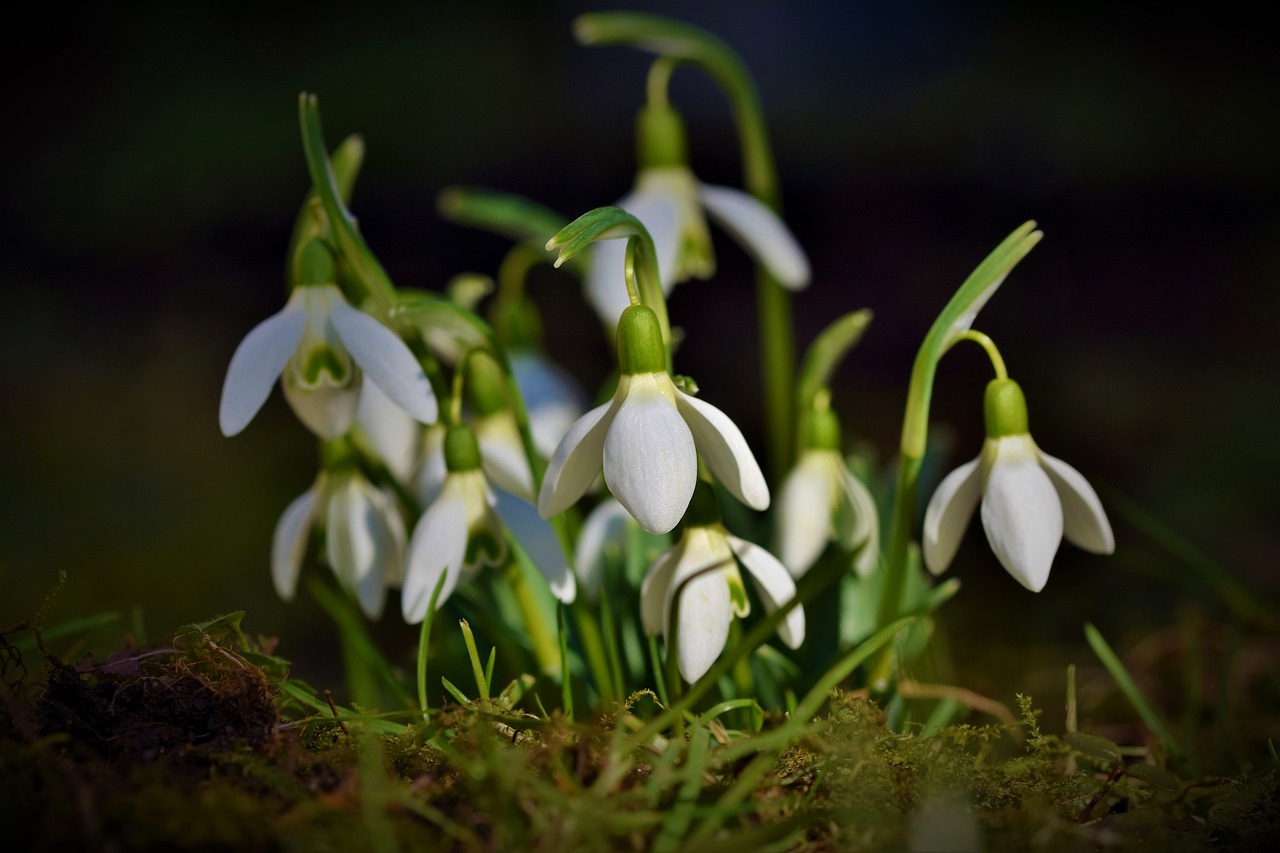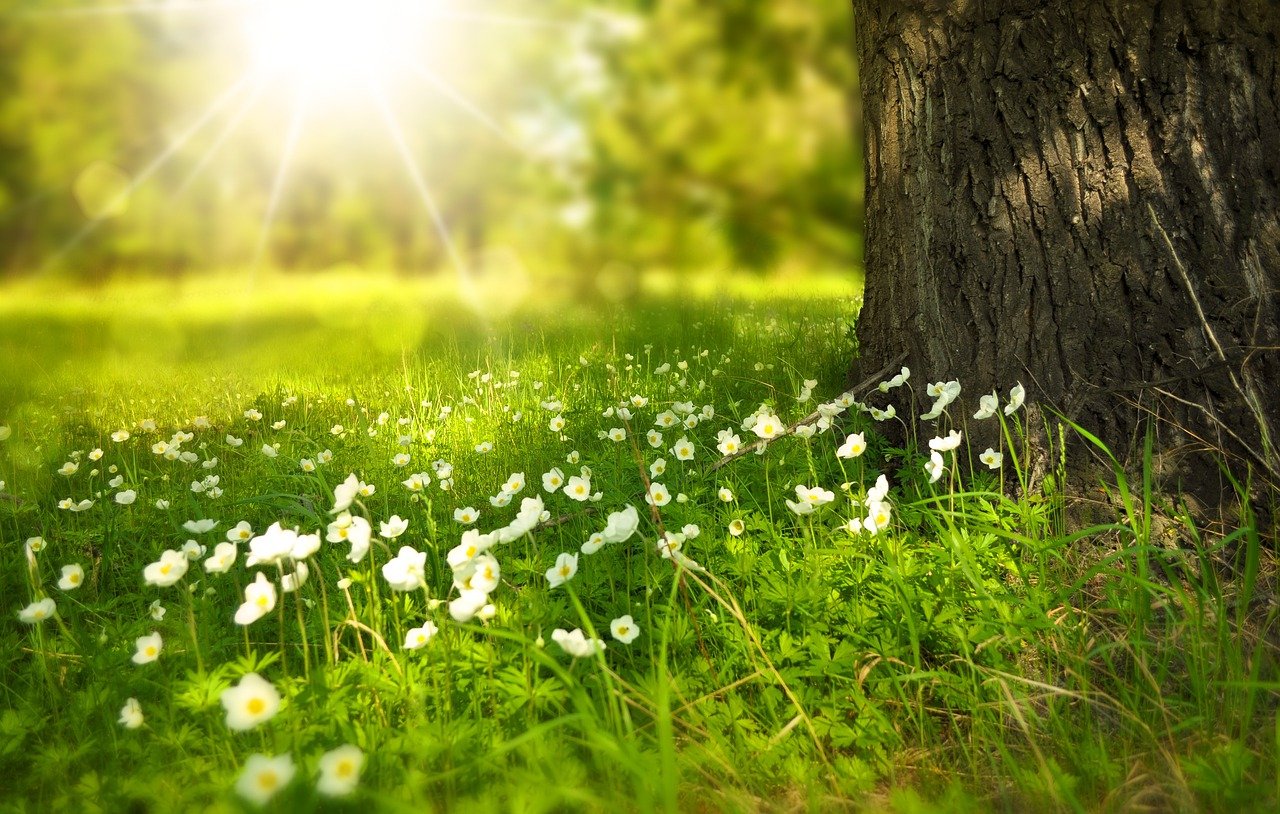For some, gardening is a great hobby that lets you spend time in nature and grow stuff that you can enjoy eating. For many more, it goes beyond hobby time and is a lifestyle of health.
Gardening has many awesome advantages where you get to pick your crop seeds, control the growing process, harvest, and process your own food right onto your kitchen table. You can even jar and can to store for the future. What’s great is that you know exactly what your food has been exposed to, offering you the safest way to eat.
With that said, did you know that there is another big advantage of your gardening skills? It just so happens that by knowing how to grow your own food and how to store it, you have some of the best insurance against anything going wrong with society in the future. Let me explain.
I spend a lot of my time focusing on preparing for the rare chance that civilization as we know might come crashing down. While I know that the odds of that ever happening are extremely low, I can’t help but enjoy thinking through the possibilities and how to prepare for them now.
For me, learning survival skills are exciting where someone is put into a situation where it is just them and nature. The more you know about nature, the more likely you are to survive any situation.
Ironically, it’s just like gardening where the more you know about nature, the more likely your plants will survive. One crucial survival skill is knowing how to grow plants. In fact, it is one of the top survival tips that I have captured in my learning over at Trek Warrior. Gardening has helped humans to survive for a very long time now, which makes it a very worthy skill.
Plant Strategy For Survival
So how do you put your gardening skills to use in survival situations? Well, it turns out that there are certain plants that are not only easier to grow, but also are more efficient in providing calories and nutrients.
That’s why it makes sense to put together a plan of plants that would serve you better when food becomes scarce in a future doomsday scenario. You want your garden to provide the most nutrients with the least amount of work and raw materials to create it.
In a search for maximizing a garden’s outputs for survival, I put together a list of the top 10 plants that I believe give you a well-rounded nutritional intake, but that is not too hard to grow and don’t require many resources.
When food is scarce, you want enough calories to provide you energy to continue work activity, and you also want a wide range of nutrients so that you don’t get malnourished. Sometimes, it’s challenging to get these two in the same plant. Therefore, it’s important to have a nice mix of plants to cover these areas well.
By having a good plant strategy, you can acquire seeds now that when stored properly, can last you and your family for a long time in preparation in case the need ever arises to use them for survival.
Let’s jump into our plant list next to see which ones made the cut. Keep in mind that I am not a doctor and this is not medical advice.
Corn

Besides having a decent density of calories, corn offers lots of health benefits to the human body. It may not be the healthiest vegetable, but it contains flavonoids, which are important in the prevention of cancer and other illnesses. It also contains antioxidants and lutein that help to promote healthy skin and eyesight.
Corn seeds should be planted at least two weeks after the spring frost. The seeds should be planted one inch deep and should be separated by about 5 inches. If you have doubts in the fertility of your soil, you can use fertilizers at planting time. It is important to water your corn plants well when you plant.
Potatoes

Potatoes contain around 100 calories per serving. They are rich in vitamin C, B6, and potassium. In addition, potatoes are a healthy source of mental and physical energy. These foods are free of cholesterol, sodium, and fats.
For the best results, you should grow potatoes in straight but shallow trenches. These trenches should be made about three feet apart. The seeds themselves should be planted about 12 inches apart. Make sure you plant them 3 inches deep in the soil. As the plants grow, you should continuously cover the tubers with soil.
Tomatoes

Tomatoes are among the healthiest foods in the world. They are well-known for their antioxidant properties as well as their high lycopene content. Consuming tomatoes is a great way to maintain your bone health. Tomatoes have also been strongly linked to good heart health. They are super great for Men’s prostate health as well.
The crop should be grown in rows, all of which are spaced by about 50 inches. This large spacing is intended to prevent the spread of diseases among them, and this occurs frequently. I’ve grown my tomatoes tight before and Aphids (small white bugs) love spreading from plant to plant.
Slow-release fertilizer should be used at planting time to provide nourishment to the young tomatoes. If you use too much fertilizer on your young plant, it may not produce as desired.
Carrots

Carrots grow easily and can be used in a wide variety of dishes. They are effective in reducing the level of cholesterol in the human body. This means they can play a great role in preventing heart disease and cancer. Carrots also maintain proper vision and boost the immune system.
They should be grown about four weeks before the last spring frost date. The plants should be grown in full sunlight, although a little shade will not affect their growth. Their planting should be in rows that are spaced by a foot. The seeds should be separated by about 4 inches.
Beans

Beans are great protein sources and are even used as alternatives to meat. They are some of the best sources of plant-based protein. Beans are also rich in complex carbohydrates, potassium, fiber, and other essential vitamins.
Beans should be grown in full sunlight. Ideally, the soil in your garden should be well-drained and fertile. For optimum results, you will need to apply fertilizer regularly to your crops. In fact, you should prepare your garden with compost and manure. Planting should be done a week after the last frost in spring.
Peas

Peas are rich in many important nutrients. Most importantly, they provide high amounts of potassium, vitamin K and C, dietary fiber, manganese, and phosphorous. They supply smaller proportions of vitamin B6, vitamin B2, proteins, and zinc.
In your garden, the plant should be grown 1 inch deep and two inches apart. If your soil is very dry, plant the seeds even deeper. The seeds should be grown about five weeks before the last spring frost. You should plant the crop when the soil is warm, but you should never leave the seeds in wet soil. Peas should not be over-fertilized as they are extremely sensitive to nitrogen.
Beets

Beets are another group of plants that are highly beneficial to the body. They are rich in numerous essential nutrients such as iron, manganese, vitamin B, copper, and potassium. Adding beets to your regular diet is a wise decision as far as your health is concerned.
Beets grow best in cooler seasons. They grow best in soils with a pH of above 5.5. In more acidic soils, the crops will have stunted growth. Beets will grow best if exposed to high levels of phosphorous. It is important to avoid using too much nitrogen as this can be harmful to the plants.
Cabbages

Cabbages are a notable source of fiber. As such, they are important for the prevention of constipation as well as diarrhea. The vegetable also serves to prevent obesity, jaundice, eczema, scurvy, and arthritis.
You can start planting cabbages indoors about 7 weeks before the last spring frost day. The plants should be transplanted to the garden three weeks before the last spring frost date. Spacing will be determined by cabbage head size. Typically, they have grown 12 to 24 inches apart. They should be grown in rows.
Squash

Squash is a popular garden vegetable. It has been proven to boost the immune system and prevent cancer and heart disease. It also boosts the health of the skin and helps to reduce the severity of symptoms of diabetes.
Squash plants grow best in full sunlight. They are hardier than most other vegetables. The plants also need well-drained soils with high organic matter. The seeds should be planted one inch deep. The rows should be spaced at about 4 feet. You can choose to start the plants indoors or in your outdoor garden.
Onions

Onions have a high concentration of phytochemicals that help to improve immunity. These plants are also rich in vitamin C. Onions also contain chromium, and this is important for the regulation of blood sugar levels. You can also use the plants to reduce inflammation and heal infections. The plants also contain an element known as quercetin, which helps in preventing cancer.
Before planting onions, you need to prepare your garden with the necessary manure and compost. When applying inorganic fertilizers, it is best to stick to nitrogen-based products. Sulfur-based fertilizers usually make the onions highly pungent. The onion seeds should be spaced at half an inch and should be planted one inch deep in the soil.







